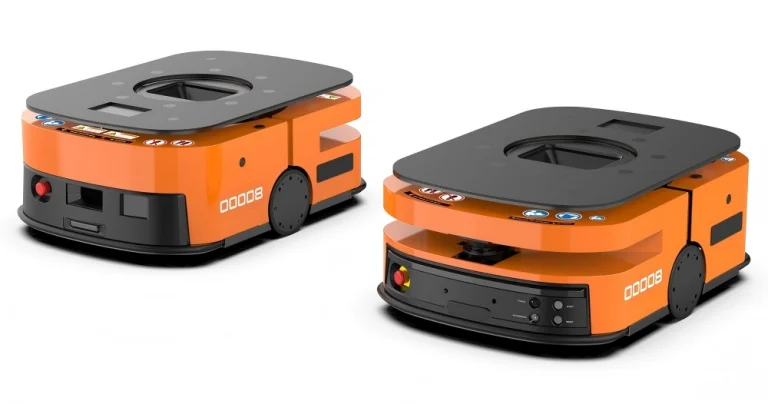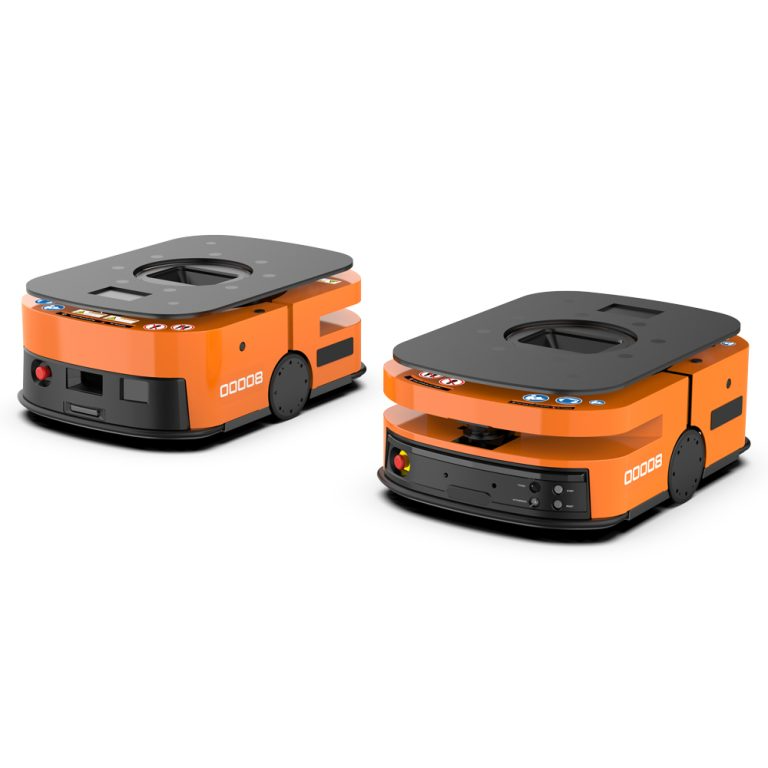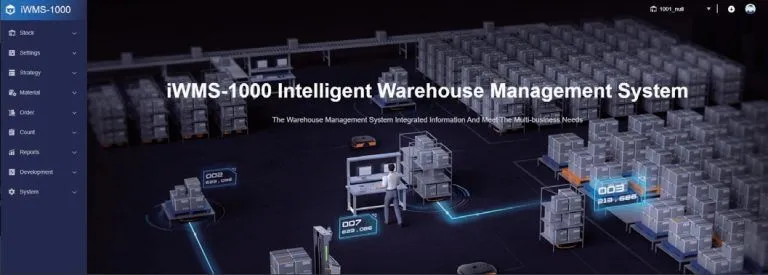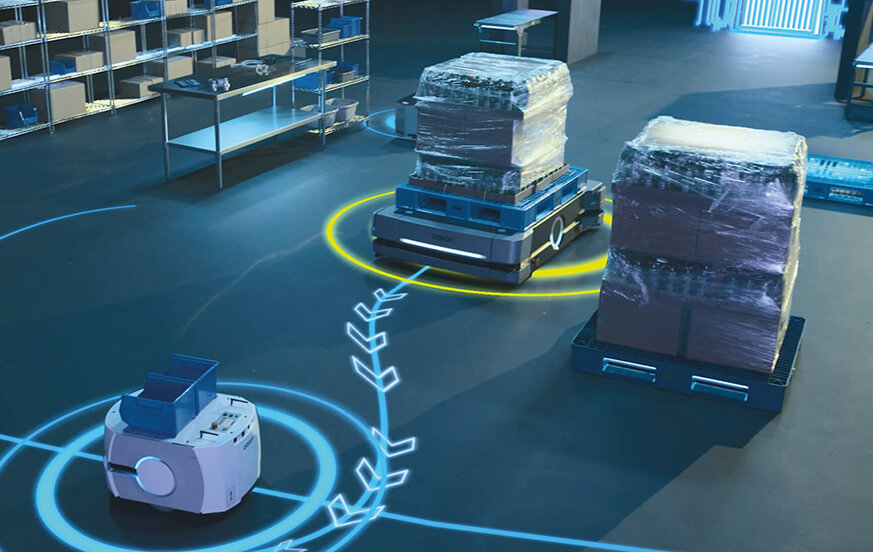
Rolling out a robot fleet in your warehouse or factory sounds like a dream—faster operations, fewer errors, happier workers. But getting those AMRs, AGVs, or CTUs to play nice with your existing setup? That’s where things get messy. Integration isn’t just about plugging in fancy tech; it’s about making sure everything clicks—your robots, your software, your team. Drawing from real projects and hands-on experience, this guide walks you through the tricky bits of robot fleet management and shares practical ways to smooth out the kinks, so your operation runs like a charm.
Why Integration Challenges Matter in Robot Fleet Management
Adding a fleet of robots to your warehouse is a big deal. It’s not just about cool machines zipping around. AMRs, AGVs, or CTUs need to sync up with your WMS, ERP, and maybe even your production line gear. If that connection falters, you’re stuck with chaos—think robots dropping materials at the wrong spot or orders lagging during a holiday rush. Picture a retail warehouse during Black Friday: one glitch could mean late deliveries and cranky customers. The good news? You can dodge these headaches with a smart game plan.
Common Integration Challenges in Robot Fleet Management
Integration can feel like herding cats. Let’s break down the main issues you’ll likely face, so you know what’s coming.
Compatibility with Legacy Systems
Lots of warehouses still use older WMS or ERP systems. These weren’t built for modern robots. They might not talk the same language as your AMRs or AGVs, causing data mix-ups or total communication breakdowns. It’s like trying to get a flip phone to sync with a smartwatch—not impossible, but it takes work.
Real-Time Data Synchronization
Robots need fresh data, like right-now fresh, to navigate, pick tasks, and avoid bumping into each other. If your WMS or RCS lags even a bit, robots might sit idle. Or worse, they could collide, turning your warehouse into a bumper-car mess.
Complex On-Site Environments
Every facility’s different. Some have tight aisles, others have tall racks or heavy machinery. Robots have to move through these spaces while working with conveyors or stacker cranes. A cookie-cutter solution won’t cut it when your layout’s one-of-a-kind.
Scalability and Flexibility
Your business grows, and so should your robot fleet. Adding more robots or new software shouldn’t feel like rebuilding from the ground up. A clunky system makes scaling a pain, slowing you down when you need to ramp up.
Staff Training and Adoption
Your crew needs to get comfortable with robots. If the system’s confusing or the interface looks like a spaceship dashboard, workers might push back. That resistance can drag out the whole integration process, leaving everyone frustrated.
Strategies to Overcome Integration Challenges
So, how do you tackle these roadblocks? Here’s the lowdown, based on what’s worked in real warehouses and factories. These ideas aren’t just theory—they’re pulled from projects that got results.
Choose Modular and Open Systems
Go for a robot fleet management system that’s flexible, one that gets along with others. A modular WMS or RCS with open APIs can hook up with old systems or third-party tools without a fuss. It’s like picking a phone charger that works with any device. Systems with low-code options are even better. They let you tweak workflows with simple drag-and-drop tools, no coding wizardry required. Whether you’re running an e-commerce hub or an automotive plant, this adaptability keeps things moving.
Take a 3C manufacturing facility as an example. They needed their AMRs to pull materials from storage and hit the production line fast. A modular WMS let them customize task flows, cutting delivery times by nearly half. That kind of flexibility is a lifesaver when you’re juggling complex operations.
Prioritize Real-Time Data Integration
Real-time data is the heartbeat of robot fleet management. Your WMS and RCS need to stay in sync, tracking inventory, handing out tasks, and keeping tabs on robot status. When it works, it’s magic. In a Nantong warehouse, 52 LMRs slashed labor costs by 40% because the WMS updated inventory in real time. Robots always knew where to go, so there was no standing around. If your system’s lagging, you’re losing time and money. A tight data loop keeps your robots busy and your workflow smooth.
Customize for Your Environment
No warehouse is the same as the next. You might have narrow aisles, towering racks, or a floor buzzing with activity. That’s where tailored solutions shine. AMRs with SLAM navigation can map out tricky spaces and move without fixed tracks. They’re perfect for crowded or ever-changing layouts. In a massive 11,000-square-meter retail warehouse, 300 LMRs used SLAM to weave through shifting inventory, handling 15,000 order lines a day. Customizing your robots to fit your space means fewer hiccups and faster results.
Sometimes, it’s the little things that make a difference. I once saw a factory where they didn’t account for a low ceiling in one corner. The robots kept getting stuck until they swapped in shorter LMRs. Moral of the story? Know your space inside and out before you start.
Plan for Scalability
Your robot fleet management system should grow with you, no sweat. Pick platforms that handle multi-robot teamwork and can manage big fleets—think thousands of robots in one map. A solid RCS can assign tasks to 1,000 robots in under a second, keeping things humming as you expand. This is critical for businesses that spike during peak seasons or plan to scale up fast. A system that can’t keep up will leave you scrambling, and nobody wants that.
Invest in User-Friendly Interfaces
A system’s only as good as the people running it. Go for software with clear, easy-to-read dashboards. Your team should be able to check robot status, track inventory, or spot issues without squinting at the screen. Training’s a big piece of this too. If your workers can’t figure out the system, they’ll drag their feet. In one automotive project, a WMS with customizable dashboards cut training time by 30%. Workers got the hang of it fast because the interface was straightforward. That kind of usability makes all the difference.
Leverage Comprehensive Support
Integration doesn’t stop when the robots start rolling. You need a provider who’s got your back—think 24-hour response times and on-site help within 48 hours. Glitches happen, whether it’s a software bug or a robot needing a tweak. Fast support keeps downtime low. A one-year warranty on non-human damage can also save you a bundle on repairs, giving you breathing room while you fine-tune the system. Good support is like insurance—you hope you don’t need it, but you’re glad it’s there when you do.
Best Practices for Smooth Integration
Here’s a quick rundown to keep your integration on track. Think of it as your cheat sheet for success.
| Step | Action |
| Assess Current Systems | Check your WMS, ERP, and hardware for compatibility issues. |
| Map Your Environment | Sketch out your facility’s layout to guide robot navigation setup. |
| Test in Phases | Start with a small batch of robots to catch problems early. |
| Train Your Team | Offer hands-on training and clear guides for your crew. |
| Monitor and Tweak | Use data analytics to track how things are going and make adjustments. |
One thing to watch out for: don’t skip the testing phase. I heard about a warehouse that rushed it and ended up with robots jammed in a tight aisle for hours. Take your time early on, and you’ll save headaches later.
Wesar Intelligence: Your Partner in Robot Fleet Management
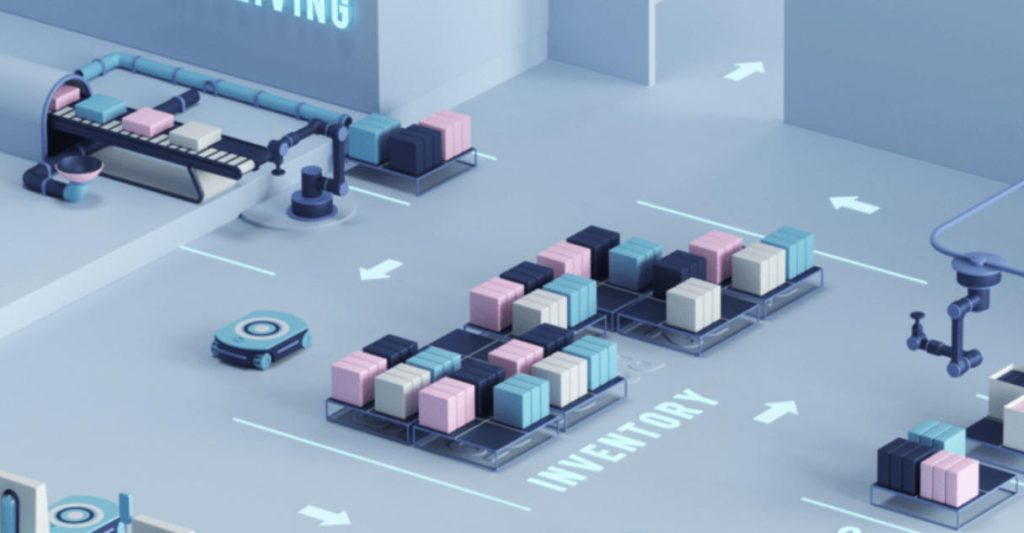
Wesar Intelligence knows robot fleet management inside and out. Based in a 7,000-square-meter factory in Nantong, China, their team of over 110 pros—including 16 engineers and 6 software developers—builds solutions that fit your needs like a glove. Their lineup includes AMRs, AGVs, FMRs, and smart WMS and RCS platforms, all designed to mesh with your existing systems. They’ve powered projects where two stacker cranes and 3,888 storage locations hit a 92-pallet-per-hour flow. With CE and ISO9001 certifications, Wesar delivers quality you can count on, plus a one-year warranty and on-site support within 48 hours. They’re the kind of partner who makes integration feel less like a chore.
Conclusion
Tackling integration challenges in robot fleet management isn’t easy, but it’s doable. With flexible systems, real-time data, custom setups, and solid support, you can get your robots working like a dream. Whether you’re running a bustling e-commerce warehouse or a precision-driven automotive plant, the right approach cuts costs, saves time, and keeps things running smoothly. Wesar Intelligence brings the expertise and tools to make it happen, so you can focus on what matters—growing your business.
FAQs
What’s the toughest part of robot fleet management integration?
Compatibility with older systems is often the biggest headache. Legacy WMS or ERP platforms don’t always vibe with modern RCS setups. A modular WMS with open APIs can fix this, letting data flow without a hitch.
How do I make sure my robot fleet management system grows with my business?
Pick a system that handles big fleets—like 2,000+ robots in one map. A flexible RCS lets you add robots easily, so scaling up doesn’t mean starting over.
How long does robot fleet management integration take?
It varies, but a phased rollout can take 30 to 200 days. Look at Toshiba Carrier’s project—they got AGVs up in 120 days by testing carefully. Training and tweaking keep timelines tight.
Can robot fleet management work in tricky spaces?
For sure. AMRs with SLAM navigation handle tight or busy layouts like champs. In a 3C plant, AMRs cut material delivery time by 40% by dodging obstacles in cramped spaces.
Why does training matter for robot fleet management integration?
Training gets your team on board. A clear interface and hands-on sessions can slash learning time—some projects saw 30% faster training with easy-to-use dashboards.


